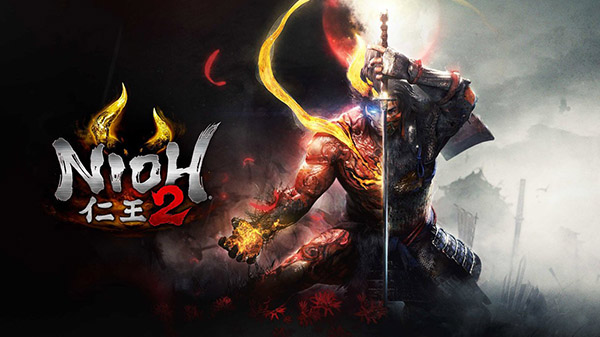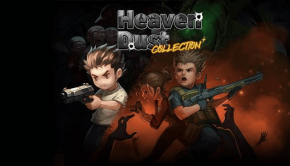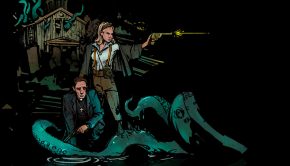Nioh 2 PS4 Review: Samurai Gaiden
Summary: An excellent action-RPG with deep combat systems, fun customisation and a striking setting. let down by a generic story.
4
Yōkai Souls
When it comes to role-playing games, the more intricate the combat systems and indulgent the character customisation, the better. Add in an often under-utilised historic-fantasy Japanese backdrop, complete with samurai, ninjas, demons and cute cats with unnaturally big eyes, and I’m totally in.
Sekiro, you say? That’s old news (but still great!) with Nioh 2 on the block, an adrenaline-inducing, challenging action-RPG from developer Team Ninja, well known for Ninja Gaiden – and their fast and frantic combat systems are turned up to 11 here.
The first Nioh carved its niche amidst the crowd a few years ago for its hard-as-nails gameplay, even if its story featuring a fictional take on English samurai William Adams fell flat. With Nioh 2, it’s clear the team are making the sequel more accessible to both new and returning fans with a ton of quality-of-life changes, the ability to create your own character, and a twist – your PC is part demon and able to use these otherworldly creatures in combat. For the most part, it works – and improves upon the first.
At its core, Nioh 2 is an action role-playing game that leans on some impressively in-depth combat systems, a ton of RPG elements, continuous character management and a loot-heavy gameplay loop (think Diablo) that distinguishes itself from other contemporaries in the ‘Souls-like’ sub-genre for its very demanding micromanagement. With over 9 distinct weapon types to choose from (the spear and kusarigama are my favourites), three different stances (High, Mid, Low) along with combos and skill-trees to progress and master, there’s a lot to keep up with if you’re to stand a chance against the challenging AI, who make every fight hard-earned. However, if you’re a fan of games like Dark Souls or Sekiro, you’ll still very much enjoy Nioh 2 and its challenge; just expect a faster-paced, more action-packed combat formula for each enemy encounter, whether it’s a boss battle, mob or low-level imp.
The biggest difference from the first game is the character creation suite and customisation options. Nioh had some great options for refashioning the looks of your weapons and armour and provided some costumes when you grew bored of playing as William, but its sequel gives far more flexibility in creating the type of character you want to be, with a ton of flexible presets, sliders and accessories to make your samurai (or ninja, or demon killer, or meme character) however you want them to look. You can also change appearance whenever you want, and turn gear into whatever look you prefer, so long as you own it – which is a much appreciated feature. With the ability to also easily share your character with other players, the customisation suite is a much appreciated addition that’s also extensive and doesn’t just feel like a barebones add-on (I’m looking at you, Bloodborne).
I had not played the first game much, so after creating my character and going through a short opening tutorial, where you’re given the opportunity to practice with all the available weapon types and choose your two favourites, Nioh 2 practically drops you straight into the deep-end against a ton of demonic enemies known as yōkai which range in size and lethality, as well as traditional human bandits. Fighting these mobs requires tactical use of your weapon’s three different stances, as well as well-timed damaging combos, finishers and passive skills you can unlock by improving your weapon proficiency in using your weapon long enough. Button-mashing is often too dangerous with limited Ki (stamina) to work with; all it takes is one slip-up to be humbled by a low-level gaki (I’m ashamed to admit). While it can be intimidating, the combat shines if you put the time in to learn your preferred weapon’s combo chains, strike types and quirks; before long I was wrecking foes from afar with my traditional pointy spear and closing the gap with the odd but satisfying swing of my kusarigama.
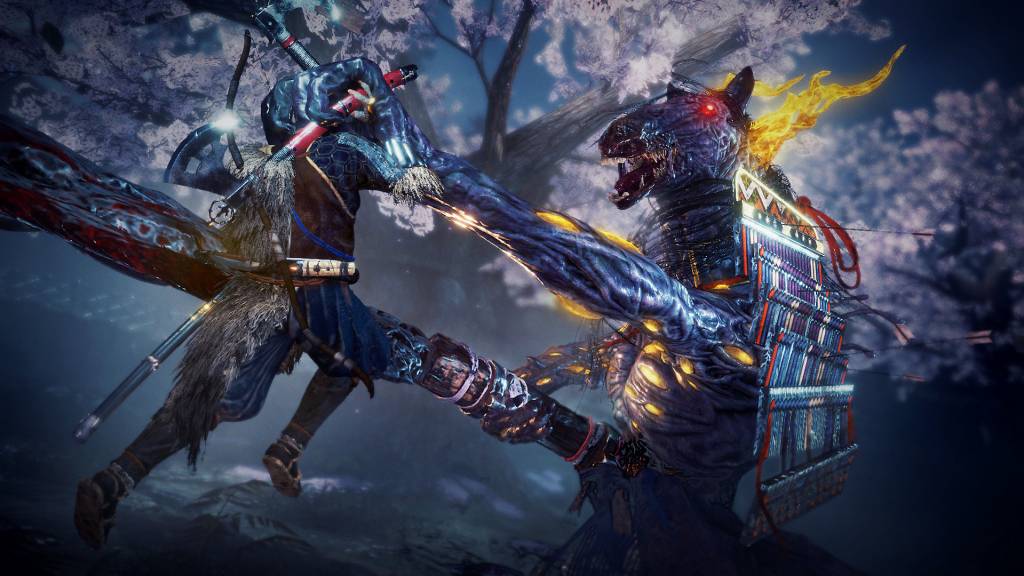
The skill trees, too, are deliciously in-depth and full of options. You’ve got at least 9 weapon types to train in, with different branches for each weapon stance, along with skill-trees for yōkai abilities and kunai (offensive consumable items like shurikens, bombs, and so on), a mixture of active (manually triggered) and passive skills that offer a large number of ways to fight foes. I opted for the spear as my primary weapon and invested heavily in high and mid stance to be able to poke enemies from further away, sweep foes off their feet for an easy finisher, and damage large mobs with unique crowd control strikes. The many moves you can assign to specific button combinations is generous, and RPG fans will get a lot out of these systems. Throw in a full crafting and re-forging grind via the blacksmith and there’s plenty of experimentation on offer which I found myself losing hours in toying with.
Where Nioh 2 differs from competitors and its predecessor is its yōkai abilities. Because your character is a yōkai spirit, you’re imbued with transformations that let you use demonic powers, which you develop by defeating yōkai throughout the game and assigning their special abilities with their fallen Soul Cores. It’s also handy to perform counters to normally unblockable attacks against both demonic and human enemies. You can even turn into one of three yōkai forms (based on your Guardian Spirit) when your Amrita/yōkai Shift bar is full – with another set of powerful abilities, movesets and weapons that is accompanied by temporary invulnerability – and makes you feel like a proper bad-ass. It’s by no means a ‘press x to win’ mechanic, however; plenty of times I faced a challenging boss, activated a yōkai attack only to be brought back to earth by a particularly aggressive attack.
Like other Souls-like games, a lot of the reward from the fast-paced combat is the gold and experience points (called Amrita) you gain from defeating enemies, looting the environment and successfully completing missions. Only, unlike its contemporaries, Nioh is crazy generous with loot; you’ll be swimming in all manner of common, uncommon, rare and unique weapons and armours, craftables and consumable items just from slicing down foes, let alone completing quests. It can be a little overwhelming at times if you’re not into item management, but I found by offering my spare gear to the Shrine for additional rewards (more Amrita to level up, extra Ochoko Cups to summon friendlies, more ammo) things never felt too cluttered. It does make the acquisition of unique equipment a little less exciting compared to other similar games, but rest assured there’s plenty of variety here no matter what you play. I was a spear-wielding acrobat who wanted to rock heavy armour for protection, but with a few settings, I was able to transform the look of my armour into the ninja aesthetic offered by the Shinobi set. Choice, in Nioh 2, is readily offered – and that’s always a good thing for any RPG.
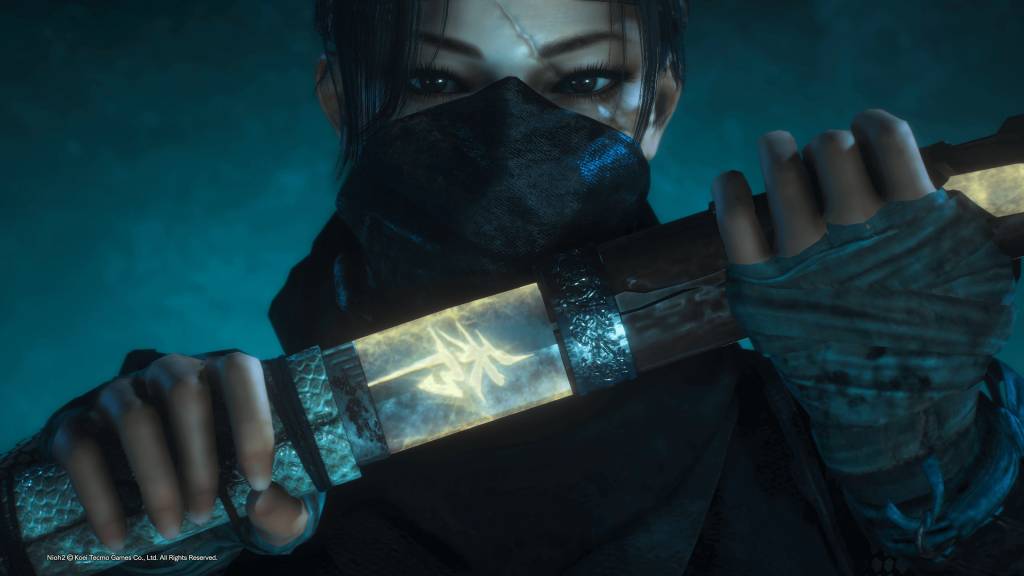
Thankfully, Nioh 2 isn’t completely impossible for players that don’t possess twitch-like reflexes. You can also get additional help by summoning friendly NPCs from Benevolent Graves, which are actually the fallen avatars of other players online controlled by AI. You can also summon real players and friends via the summon options when visiting shrines, which are like checkpoints (or bonfires from Dark Souls) to level up, buy, sell and gear-up for the next fight. Up to two friends can play through the mission with you until the area’s boss is defeated, after which they return to their own world. Co-op was smooth during my playthrough, but as the review period was mostly devoid of an active online population, I wasn’t quite able to enjoy it to its fullest potential.
It’s just a shame that with such an addictive combat-heavy gameplay loop, the story doesn’t quite reach any real heights or leverage the setting to its fullest. Set in 1555 as a prequel to the first Nioh, Japan is far from unified, bandits ravage multiple settlements, and demonic yōkai wreak havoc against the human populace. Your custom created character is the hellspawn of a human and yōkai with your ability to transform back and forth, though a battle with a particularly nasty yōkai makes them go berserk until they’re calmed by a wandering Spirit Stone settler named Tokichiro. From there, you set off to unify Japan by clearing out the demons and bandits, collect a ridiculous amount of loot, and kill yōkai bosses while enjoying bad-ass cutscenes. For me, most of the lore was in the flavour text for each mission and the dialogue from long-killed spirits; the main story remained fairly disjointed and confusing and overall not as compelling as its most direct comparison in the space, Sekiro.
Nioh 2 is also a bit different to its closest comparisons like Dark Souls in that its level progression is organised under a mission structure (with varying difficulty) and presented on an over-world map, with several main story quests and side-quests to complete with various rewards and loot on offer upon successful completion. I’m generally more of a fan of interconnected level design, and I found despite improvements from the first game, the enclosed levels of the sequel are a little less enthralling to explore. There’s plenty of alternative routes and hidden secrets (neat little Hot Springs hidden behind demonic walls and cute Kodama creatures to guide back to shrines for bonus materials) to spice things up, but the more self-contained stage design will be a hit or miss depending on your personal preferences. There’s no doubt the 16th century feudal Japan setting of small towns, demon-infested caverns and night-time raids look far prettier visually than its predecessor, however. One thing that has been increased in diversity is the enemy times, with plenty of different human foes (traditional bandits, gunners, shinobi ninjas, barbarian hatchet-wielding masked men) and demons (freaky little gaki, winged monstrosities, towering brutes, and more) to fight compared to the first title.
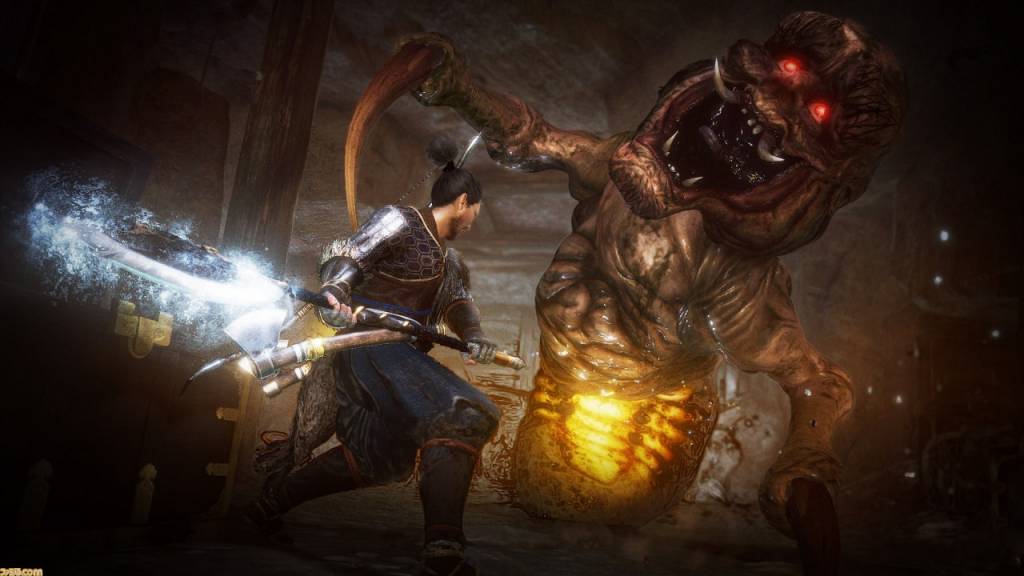
Speaking of visuals, Nioh 2 offers two distinct modes to choose from that prioritise certain settings: Movie Mode and Performance Mode. Depending on your graphical preferences, you can increase display resolution or enjoy smoother frame-rates. Movie Mode definitely looks prettier with up to 1800p resolution on the PlayStation 4 Pro (native 1080p on standard PS4), dynamic shadows and better IQ, but I found myself enjoying the stability of Action Mode, which targets 60fps (and maintains it) and a dynamic 1080p resolution on the Pro (720p for standard PS4). While it’s less sharp, Nioh 2 is ultimately built around fast reactions and frantic combat, so fans who prefer that will be happy with the impressive implementation, especially on the PlayStation 4 Pro – but Movie Mode is still just as great to experience. Nioh 2 is a pretty game in general, with tons of weapon, magic and environmental effects that shine on screen, along with some detailed character models, horrifying (in a good way) demon designs and levels that truly embody the fantasy-Japan aesthetic – there’s also cute yōkai, too.
The soundtrack to Nioh 2 is definitely pleasing, with some somber melodies during mission selection, and many adrenaline-pumping tracks when you’re fighting the latest yōkai boss. There’s a full English dub available that, while I’d usually prefer, felt a little out-of-place with its over-emphasised British accents; while the voice-actors are great, the Japanese language setting with subtitles feels like the most appropriate to indulge in the hyper-stylised setting.
The Final Verdict
Nioh 2 is an fast, frantic and fluid action-RPG experience that will appeal to fans of Code Vein, Dark Souls and Sekiro for its intricate combat and role-playing systems, extensive character customisation and striking historic fantasy Japanese setting. While the storytelling for the main narrative mostly falls flat and is confusing to follow, the rest of the package more than holds up against its predecessor.
The game presents a great challenge for those willing to put in the time to master its numerous playstyles it caters, so it might not be a great fit for those seeking a more casual adventure – but it’s definitely recommended for fans of the first game looking for greater refinement and newbies looking for their next great RPG.
Game Details
Primary Format – Games – PlayStation 4
Game Genre – Action role-playing game
Rating – MA 15+
Game Developer – Team Ninja
Game Publisher – Sony Interactive Entertainment


